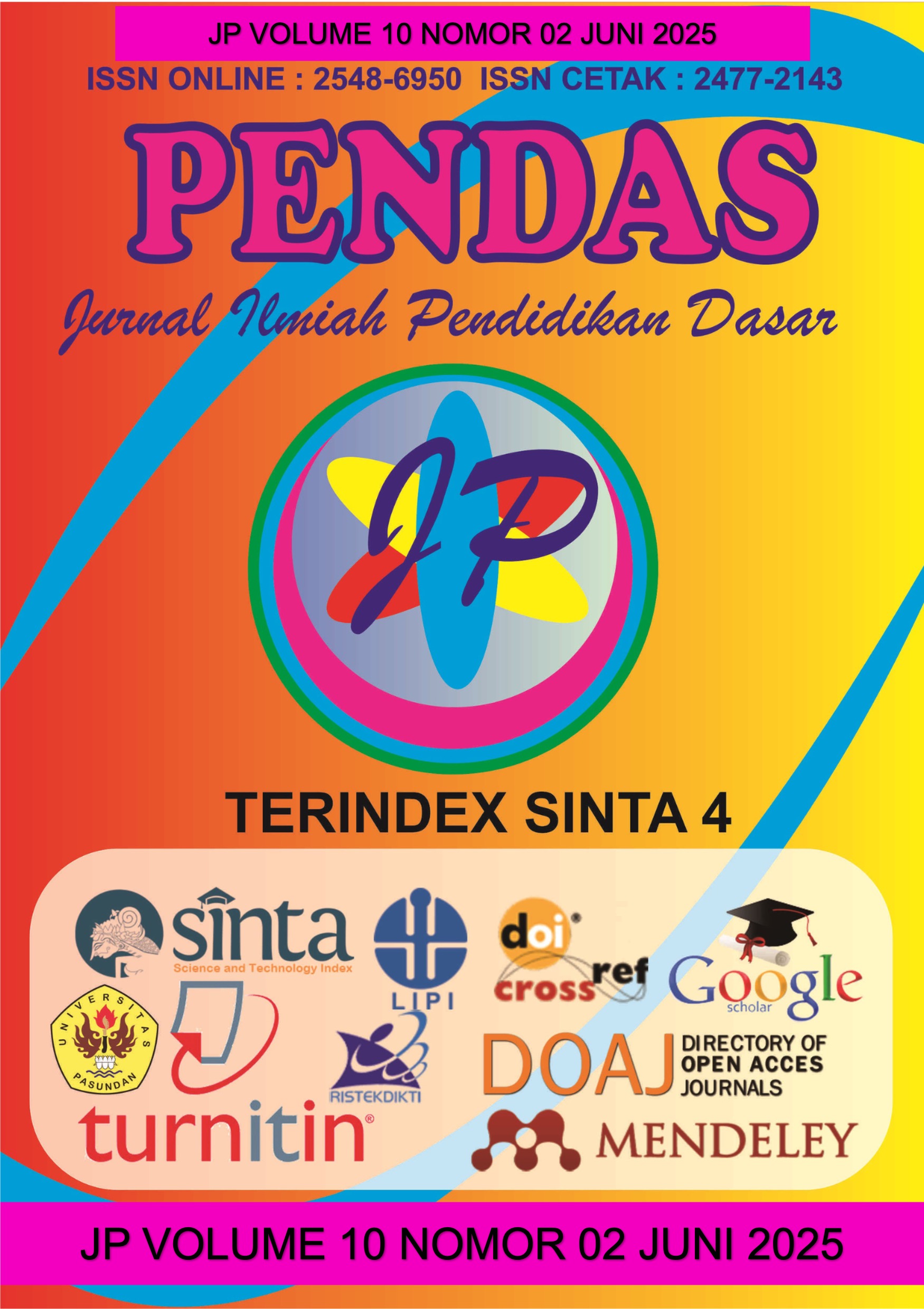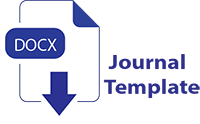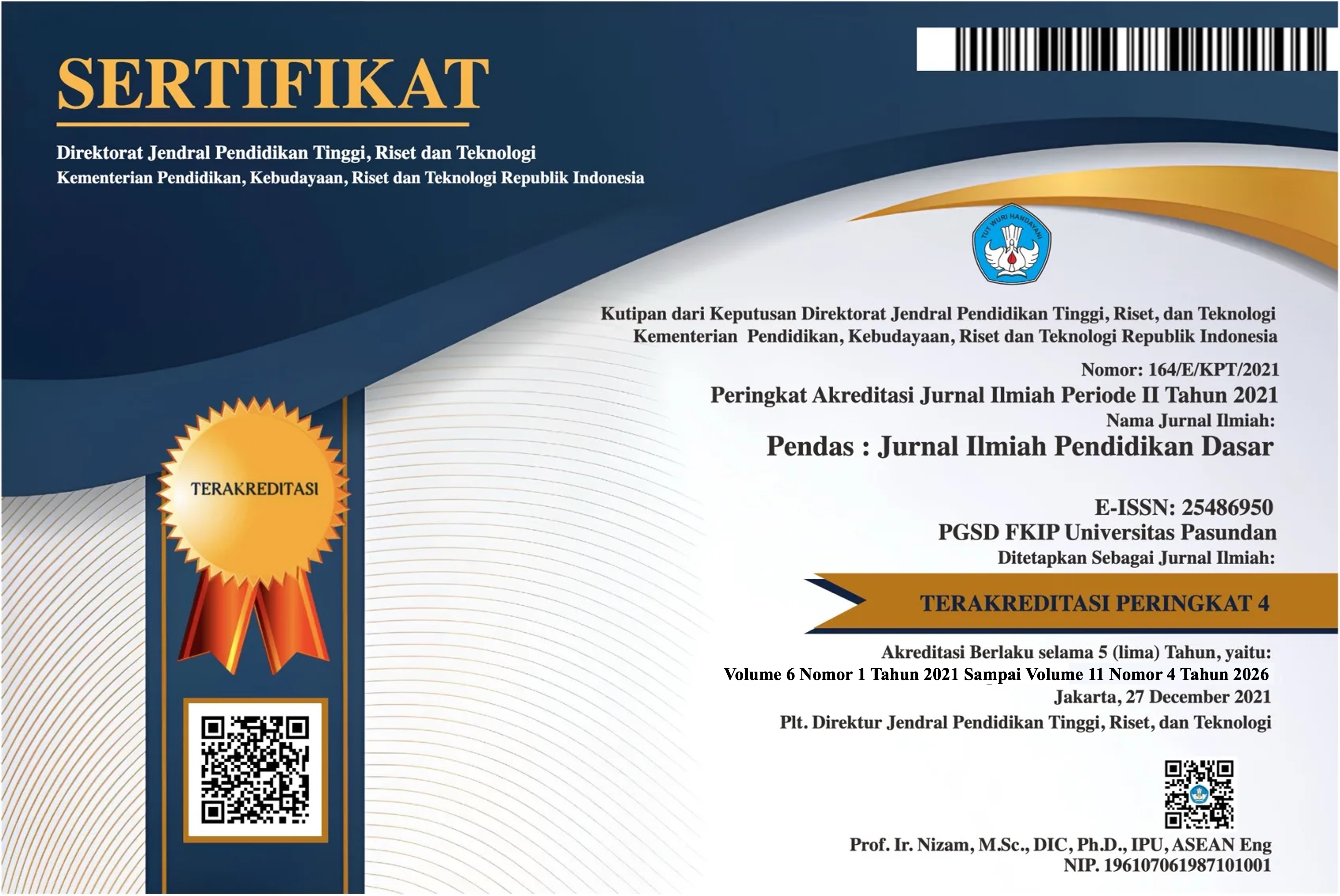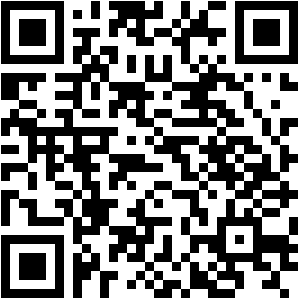EVEKTIVITAS PENGGUNAAN MEDIA CANVA TERHADAP PRESTASI BELAJAR IPAS SISWA DI SD MUHAMMADIYAH INTEGRATIF DUKUN
DOI:
https://doi.org/10.23969/jp.v10i02.27557Keywords:
Canva, Learning Achievment, Natural and Sosial SciencesAbstract
This research aims to determine the differences in student learning achievement in grade IV in the subject of science at SD Muhammadiyah Integratif Dukun and to determine the effectiveness of using Canva media on the achievement of science learning of grade IV students at SD Muhammadiyah Integratif Dukun. This study is a quantitative study with an experimental method with the research subjects of grade IV A students of SD Muhammadiyah Integratif Dukun totaling 17 students. The data collection technique for this study used observation, interviews, pre-test post-test questions and documentation. Data analysis to determine student learning achievement used quantitative descriptive analysis. The results of the analysis of the post-test test scores of the experimental class had an average value of 80.58824 while the control class had an average value of 72.9412. In conclusion, the average value of the experimental class is greater than the average value of the control class. This difference is also supported by the results of statistical tests using the Independent Sample T-Test with a Sig. value. (2-tailed) is 0.007 <0.05, therefore it can be concluded that there is a significant (real) difference in influence between the two groups and means Ho is rejected and H1 is accepted. So there is an influence and it can be said that the use of Canva media is effective on students' science learning achievement at SD Muhammadiyah Integratif Dukun.Downloads
References
Daniel, B. K., & Harland, T. (2020). Higher Education Research Methodology: A Step-by-Step Guide to the Research Process. Higher Education Research Methodology: A Step-by-Step Guide to the Research Process, 1–140. https://doi.org/10.4324/9781315149783
Khaira Ummah, K., & Mustika, D. (2024). Analisis Penggunaan Media Pembelajaran Pada Muatan IPAS di Kelas IV Sekolah Dasar. Jurnal Kependidikan, 13(2), 1573–1582. https://jurnaldidaktika.org
M. Iqbal Al-Afghany, Gunawan Ikhtiono, S. (2021). MODEL MIND MAPPING TERHADAP HASIL BELAJAR SISWA MATA PELAJARAN AKIDAH AKHLAK. JURNAL PENELITIAN PENDIDIKAN SOSIAL HUMANIORA, 6(1), 25–31. https://doi.org/10.32696/jp2sh.v6i1.717
Martias, L. D. (2021). Statistika Deskriptif Sebagai Kumpulan Informasi. Fihris: Jurnal Ilmu Perpustakaan Dan Informasi, 16(1), 40. https://doi.org/10.14421/fhrs.2021.161.40-59
Sabila, S. S. S., Nurmadani, K., Oktaviana, W., Febrian, D., & Sofwan, M. (2024). Pengaruh Model Experiential Learning Untuk Meningkatkan Keaktifan Siswa Pada Pembelajaran Ipas Kelas Iv Sdn 149/I Lebung Kato Ati. Pendas: Jurnal Ilmiah Pendidikan Dasar, 9(2), 7417–7424.
Sintia, I., Pasarella, M. D., & Nohe, D. A. (2022). Perbandingan Tingkat Konsistensi Uji Distribusi Normalitas Pada Kasus Tingkat Pengangguran di Jawa. Prosiding Seminar Nasional Matematika, Statistika, Dan Aplikasinya, 2(2), 322–333.
Supariyadi, T., Mahfud, I., & Aguss, R. M. (2022). Hubungan Tingkat Kebugaran Jasmani Terhadap Prestasi Belajar Penjas Tahun 2021. 2(2), 60–71.
Tri Wulandari, & Adam Mudinillah. (2022). Efektivitas Penggunaan Aplikasi CANVA sebagai Media Pembelajaran IPA MI/SD. Jurnal Riset Madrasah Ibtidaiyah (JURMIA), 2(1), 102–118. https://doi.org/10.32665/jurmia.v2i1.245
Wulandari, A. P., Salsabila, A. A., Cahyani, K., Nurazizah, T. S., & Ulfiah, Z. (2023). Pentingnya Media Pembelajaran dalam Proses Belajar Mengajar. Journal on Education, 5(2), 3928–3936. https://doi.org/10.31004/joe.v5i2.1074
Downloads
Published
Issue
Section
License
Copyright (c) 2025 Pendas : Jurnal Ilmiah Pendidikan Dasar

This work is licensed under a Creative Commons Attribution 4.0 International License.



















